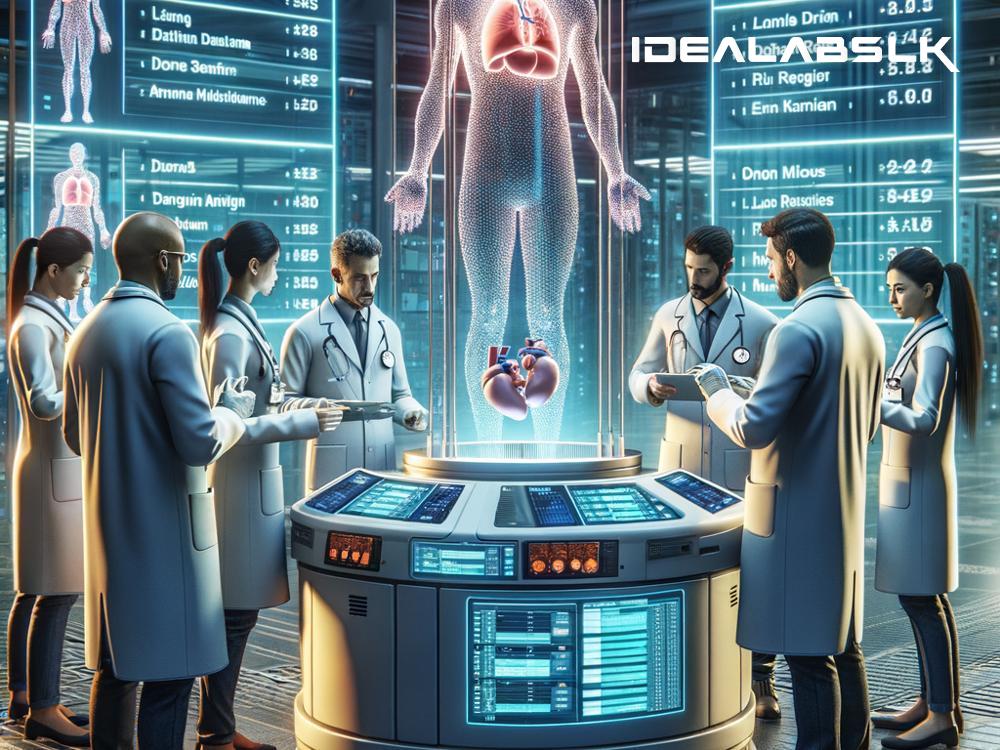Title: Revolutionizing Solutions to the Global Organ Shortage Crisis: The Role of Technology
The global organ shortage is a critical issue that affects countless lives every year. With a growing list of people waiting for life-saving transplants, the gap between available organs and those in need continues to widen. Fortunately, technology is stepping in with innovative solutions to bridge this gap—from organ printing to online donation platforms, technology is at the forefront of tackling this pressing challenge.
Breaking Down the Organ Shortage Problem
Imagine there are 100 people in desperate need of a new heart, but only ten hearts are available. This scenario paints a stark picture of the current organ shortage crisis. This shortage means long waiting lists, and for many, the help comes too late. The reasons behind this scarcity include limited organ donations, matching complexities, and preservation limitations. However, technology presents hope in several promising ways.
From Sci-Fi to Reality: The Rise of Organ Printing
One of the most exciting developments is 3D bioprinting, a process that feels like it's straight out of a science fiction novel. It involves using special printers, but instead of ink, these machines use cells to 'print' organs layer by layer. This method aims to produce viable organs that the human body won't reject, custom-made to fit the patient's exact specifications.
Researchers have made significant strides in printing tissues that can mimic real organs. Although printing a fully functional heart or kidney is still in the future, advancements in creating simpler tissues, like skin for grafts or parts of organs, are already impacting lives. The dream of printing organs on demand is gradually becoming more of a reality, which could eventually eliminate the organ shortage.
Digital Matching: Streamlining Organ Donations
Another technological breakthrough comes in the form of advanced matching algorithms and online platforms designed to optimize organ donations. These digital solutions enable faster, more efficient matching of donors to recipients, reducing waiting times and improving outcomes.
One notable example is the global database for organ matching, which uses complex algorithms to ensure that organs go to patients who are the most compatible, not just those who have been waiting the longest. This approach significantly improves the chances of success and longevity of transplants, making the process far more efficient and equitable.
Harnessing Social Media and Online Platforms for Awareness and Engagement
Social media is not just for sharing selfies or viral videos; it's also a powerful tool for raising awareness about organ donation. Platforms like Facebook, Instagram, and Twitter have become instrumental in educating the public, sharing stories of hope and survival, and encouraging more people to register as organ donors. Some platforms have even integrated features allowing users to sign up as organ donors directly through their profiles, simplifying the process and increasing donor registrations.
Moreover, specialized online platforms have emerged, connecting potential living donors with those in need of a transplant. These websites provide essential information, facilitate connections, and offer support to both donors and recipients, creating a community of hope and help.
The Road Ahead: Overcoming Challenges and Looking to the Future
As promising as these technological advancements are, they're not without their challenges. Ethical considerations, particularly with organ printing and the use of genetic material, require careful deliberation. Additionally, the cost and accessibility of these technologies can pose barriers to their widespread implementation. Despite these hurdles, the potential benefits of these technologies in addressing the organ shortage crisis are too significant to ignore.
Conclusion
The organ shortage crisis is a daunting challenge, but technology offers hope. Through innovations like organ printing, advanced matching platforms, and the power of social media, we're on the cusp of a revolution in how we address this issue. As we continue to advance and refine these technologies, we move closer to a future where the organ shortage could become a thing of the past, offering hope and life to millions around the globe. Technology, once seen as merely a tool for convenience or entertainment, is proving to be a lifeline, transforming lives in the most profound way possible.

